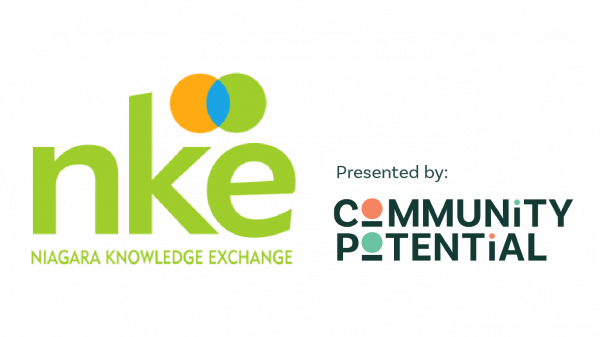Moving on Mental Health (MOMH) began as an initiative of the Ontario Ministry of Children, Community and Social Services. MOMH was developed to ensure accessible, consistent, high-quality children’s mental health services, in 33 service areas across the province. The responsibility of (MOMH) is now being facilitated by the Ministry of Health. Pathstone Mental Health is proud to be the Lead Agency for the Niagara service area.
Twenty percent of children and youth have a mental health disorder (1). In Niagara that translates into approximately 18,000 children and youth under the age of 18. Of that 18,000, approximately 3,000 have severe or co-morbid mental health issues (2).
Pathstone Mental Health (Pathstone) is the largest provider of Children and Youth Mental Health Services in the Niagara Region. Annually we provide services for approximately 6,000 children and youth, or approximately one-third of the total number of children and youth who need mental health services and supports. Our goal is to find a mechanism to identify and collect population child and youth mental health data, which will provide clarity on the remaining 12,000 children and youth in Niagara.
Sixty-two percent of Ontario youth report concerns with anxiety and only thirty-two percent have spoken to a mental health professional (4). In Ontario, one-third of children have missed school due to their anxiety (4). In Niagara, that would be approximately 30,000 children. Further, seventeen percent of children under the age of five have met the criteria for mental health issues (4). It is important to note that seventy percent of individuals have identified adolescence as the time when their mental health issues were first identified (3).
The current Pandemic has had a significant and dramatic impact on children’s mental health. In a survey conducted during the spring of 2020, it was found in Ontario that forty percent of caregivers reported deterioration in their child’s behaviour, twenty-eight percent of parents reported challenges in managing their child’s anxiety, and nearly one-third of parents required assistance in supporting their child’s behaviour or mood during the pandemic (5).
Comprehensive children’s population mental health data will promote awareness about the issues and challenges facing children and adolescents with mental health concerns, as well as the impact on the family unit. To meet this pressing need, Pathstone is working toward a Region-wide process to identify all of the 18,000 children and youth with mental health issues, and in which communities they reside. This will assist in identifying individual barriers or gaps that may be unique to one or more of Niagara’s twelve communities. Ultimately, our goal is to tell the story, as well as the impact.
If you are interested in supporting our work to tell the story, and to provide mental wellness supports and services for all children and youth in Niagara, please connect with us at Pathstone.
Bill Helmeczi, RP, RSW
Director of Strategic Initiatives, Standards, and Practices
Pathstone Mental Health
References:
1. MHASEF Research Team. (2015) The Mental Health of Children and Youth in Ontario: A Baseline Scorecard. Institute for Clinical Evaluative Sciences.
2. Government of Canada. (2006). The human face of mental health and mental illness in Canada. Minister of Public Works and Government Services Canada
3. Clinton, J., Kays-Burden, A., Carter, C., Bhasin, K., Cairney, J., Carrey, N., Janus, M., Kulkarni, C. and Williams, R. (2014) Supporting Ontario’s Youngest Minds: Investing in the Mental Health of Children Under 6. Ontario Centre of Excellence for Child and Youth Mental Health.
4. 4. Ipsos Public Affairs. (2017) Children and Youth Mental Health Survey: Getting Help in Ontario.
5. Gonzalez, A. (2020). Public Health Canada. Public Health: Ottawa Canada






